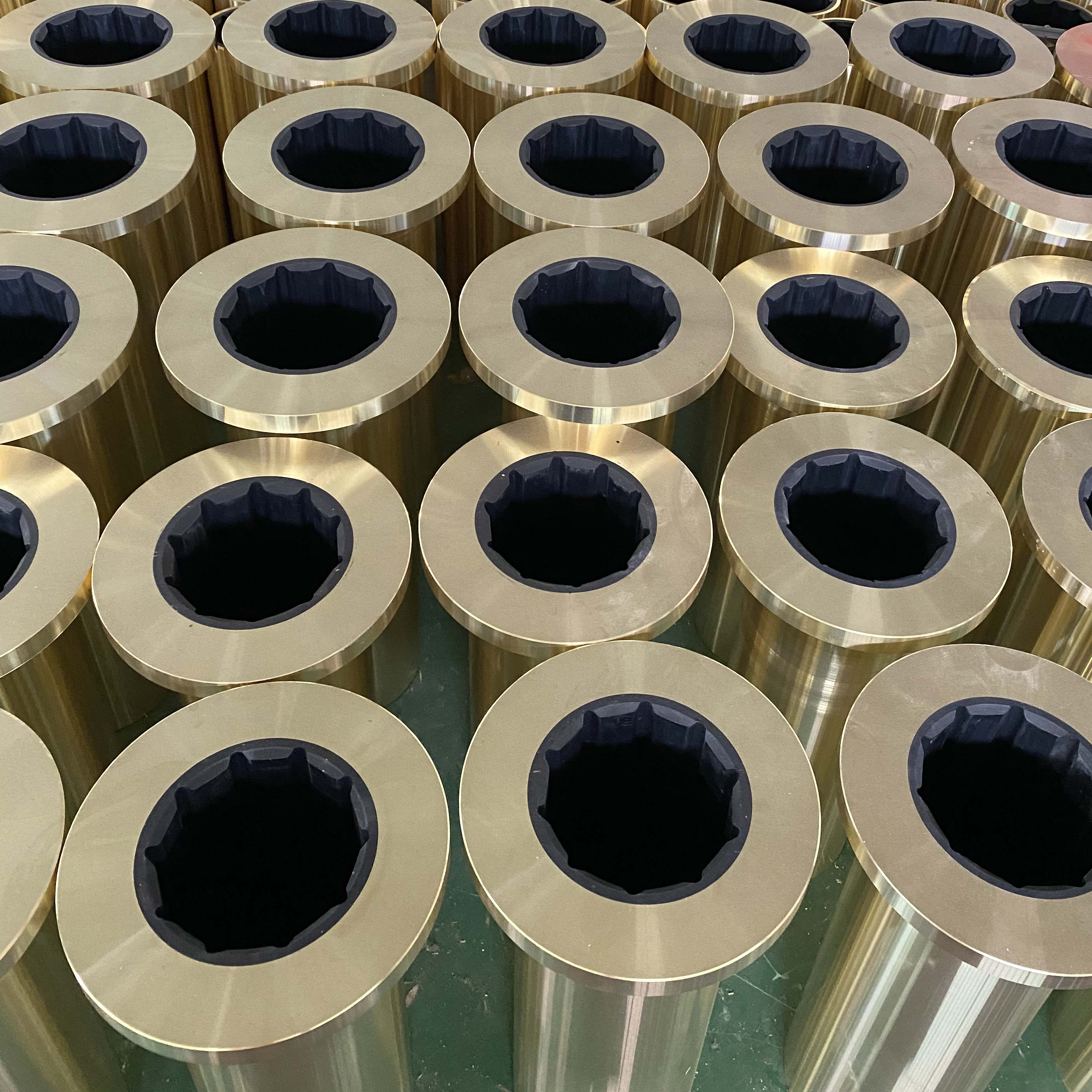Seal Solutions for Sump Plug Maintenance and Performance Improvement
Understanding Sump Plug Seal Importance and Maintenance
The sump plug seal is a crucial yet often overlooked component in automotive maintenance. This small but significant part is primarily responsible for preventing leaks from the oil sump, ensuring that the engine oil remains contained and functions efficiently. Whether you are a seasoned mechanic or a car enthusiast, understanding the role and maintenance of the sump plug seal can enhance the longevity and performance of your vehicle.
What is a Sump Plug Seal?
The sump plug seal, commonly referred to as a drain plug seal or oil sump seal, is typically made of materials such as rubber or cork. It is situated on the oil pan of the engine beneath the vehicle and serves to create a watertight and airtight fit around the drain plug. This is essential for retaining the oil within the engine, preventing loss that could lead to insufficient lubrication, increased friction, and ultimately, engine damage.
Importance of the Sump Plug Seal
The significance of the sump plug seal cannot be understated. Here are several key reasons why it is vital for vehicle operation
1. Prevents Leaks The primary function of the sump plug seal is to prevent oil leaks. Any loss of oil can lead to serious mechanical problems, including overheating and engine seizure, which can be costly to repair.
2. Maintains Oil Levels A well-functioning sump plug seal ensures that the oil level remains stable. This is important because the engine requires a specific amount of oil to operate correctly. Low oil levels can result in inadequate lubrication of engine parts.
3. Environmental Protection Leaking oil not only threatens your vehicle's performance but also poses significant risks to the environment. Spilled oil can contaminate soil and water sources, leading to ecological damage. A functioning sump plug seal helps mitigate these risks.
sump plug seal

4. Cost-Effectiveness Regularly checking and replacing a worn or damaged sump plug seal can save money in the long run. Preventing oil leaks is far less expensive than repairing damage caused by a lack of lubrication.
Maintenance and Best Practices
Taking care of the sump plug seal is straightforward and requires only basic maintenance practices. Here are some tips to keep in mind
1. Regular Inspection During routine oil changes, take the opportunity to inspect the sump plug seal. Look for signs of wear, cracks, or deformities. If any issues are apparent, it may be time for a replacement.
2. Use the Correct Tools When removing or installing the sump plug, ensure that you use the correct tools to avoid damaging the seal. Over-tightening can lead to deformation, compromising its ability to seal effectively.
3. Choose Quality Seals When replacing the sump plug seal, opt for high-quality products from reputable manufacturers. Although cheaper options may be available, they may not provide the same level of durability and effectiveness.
4. Monitor Oil Levels Regularly checking your engine's oil levels can help you detect any leaks early. If you notice a drop in oil levels between changes, investigate potential leaks, including the condition of your sump plug seal.
Conclusion
The sump plug seal may seem like a minor component of your vehicle, but its importance is immense. Failing to maintain this seal can lead to oil leaks, engine damage, and environmental concerns. By understanding its role and implementing simple maintenance practices, you can significantly contribute to the overall health and longevity of your vehicle. Regular inspections, coupled with quality replacements when necessary, will ensure that your engine remains well-lubricated and efficient. Always remember, a small part like the sump plug seal plays a big role in the grand scheme of automotive performance and reliability.
-
Simplifying Oil Changes: A Comprehensive Guide to Oil Drain Plugs and Their Variants
News Aug.04,2025
-
Mastering Oil Drain Maintenance: Solutions for Stripped, Worn, and Upgraded Oil Plugs
News Aug.04,2025
-
Fixing Oil Pan Plug Issues: Leaks, Stripped Nuts, and the Right Replacement Solutions
News Aug.04,2025
-
Everything You Need to Know About Oil Drain Plugs: Sizes, Fixes, and Upgrades
News Aug.04,2025
-
Choosing the Right Oil Drain Plug: A Guide to Sizes, Materials, and Drain Innovations
News Aug.04,2025
-
A Complete Guide to Automotive Drain Plugs: Types, Problems, and Innovative Solutions
News Aug.04,2025
-
The Ultimate Guide to Car Repair Kits: Tools and Essentials Every Driver Should Own
News Aug.01,2025
Products categories















